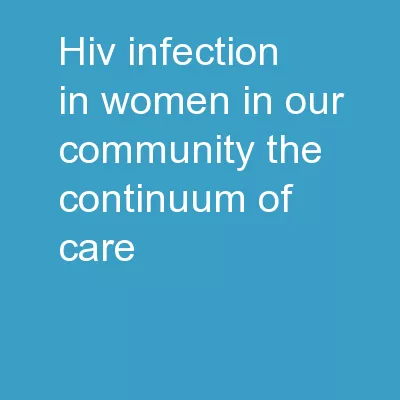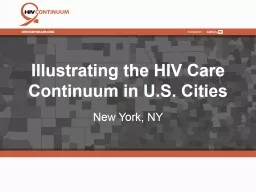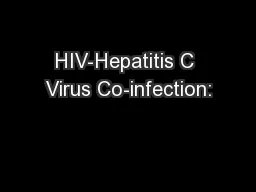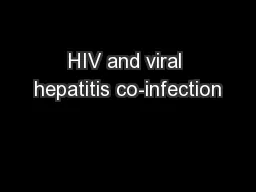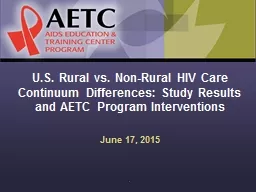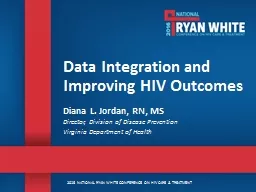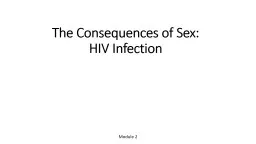PPT-HIV Infection in Women in Our Community: The Continuum of Care
Author : kittie-lecroy | Published Date : 2018-12-16
Lawrence J DAngelo MD MPH Director Burgess and Youth Pride Clinics Division of Adolescent and Young Adult Medicine Childrens National Medical Center Professor of
Presentation Embed Code
Download Presentation
Download Presentation The PPT/PDF document "HIV Infection in Women in Our Community:..." is the property of its rightful owner. Permission is granted to download and print the materials on this website for personal, non-commercial use only, and to display it on your personal computer provided you do not modify the materials and that you retain all copyright notices contained in the materials. By downloading content from our website, you accept the terms of this agreement.
HIV Infection in Women in Our Community: The Continuum of Care: Transcript
Download Rules Of Document
"HIV Infection in Women in Our Community: The Continuum of Care"The content belongs to its owner. You may download and print it for personal use, without modification, and keep all copyright notices. By downloading, you agree to these terms.
Related Documents

